Material Selection Guide for Helical Blades

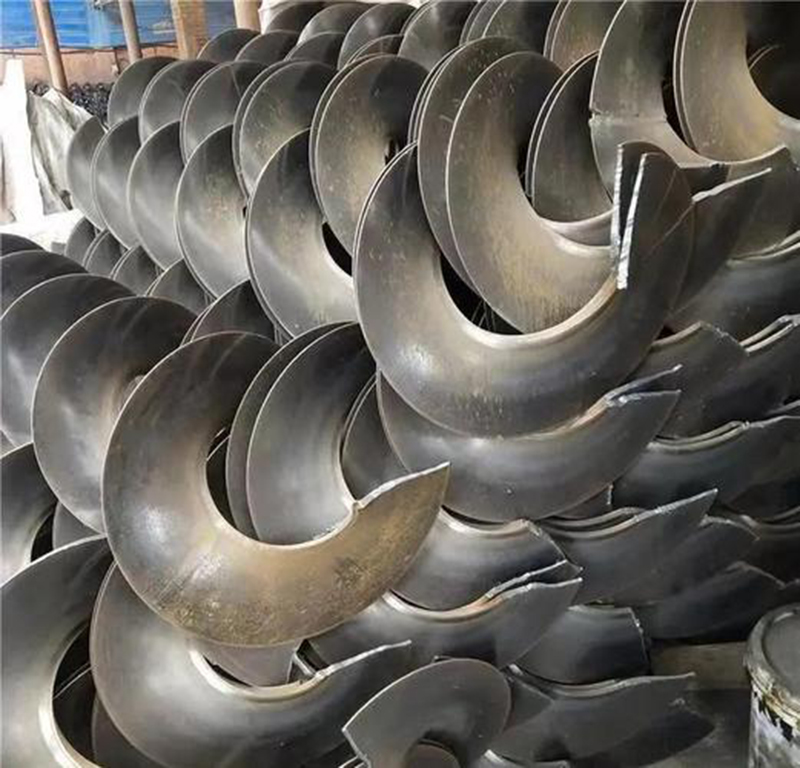
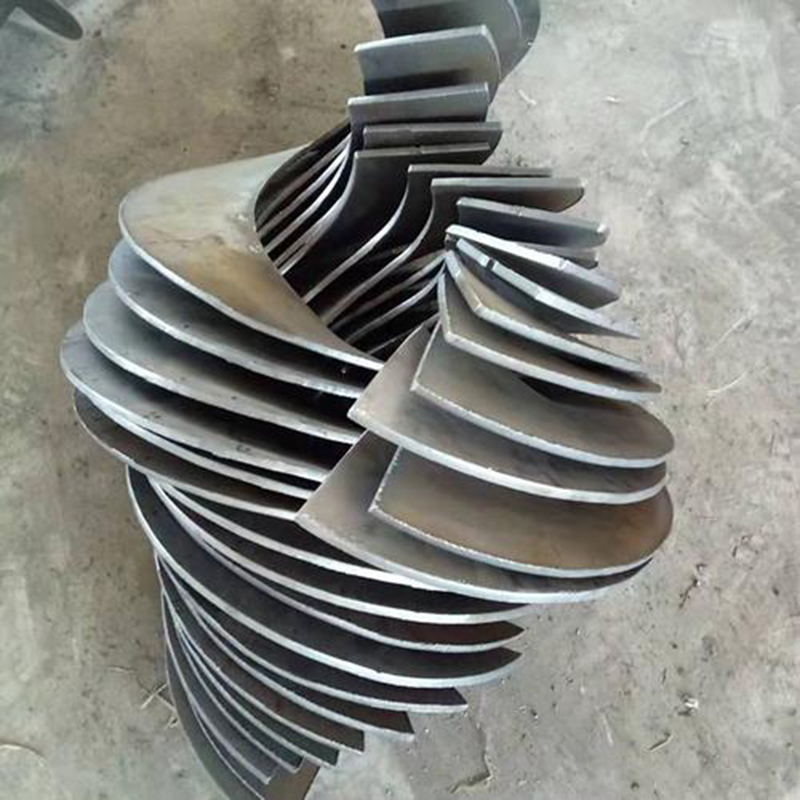
| Product name: | Material Selection Guide for Helical Blades |
| Keywords: | |
| Industry: | Metallurgy and minerals - Mining industry |
| Process: | - |
| Material: |
Processing manufacturer
- There are 58 manufacturers that provide similar products
- There are 183 manufacturers that provide this processing technology
- There are 80 manufacturers that provide this material processing service
- There are 160 manufacturers that provide this industry processing service
Product details
The material selection for helical blades is crucial to ensure their performance, lifespan, and cost-effectiveness. It requires a comprehensive consideration of the application scenario, working environment (abrasiveness, corrosiveness, temperature, etc.), performance requirements, and budget. The following is a detailed guide to material selection for helical blades, covering common materials, characteristics, applicable scenarios, and key selection points.
1. Common Materials and Their Characteristics
There are various types of materials for helical blades, each with its unique advantages for specific working conditions:
(1) Ordinary Carbon Steel
Common Grades:
Q235, Q345 (Chinese standard, equivalent to ASTM A36, A572).
Characteristics:
Low cost, easy to process (cutting, welding, forming).
Moderate strength and toughness, suitable for general mechanical performance requirements.
The surface can be galvanized or sprayed to improve corrosion resistance.
Advantages:
High economy, suitable for mass production.
Mature processing technology, high production efficiency.
Disadvantages:
Poor corrosion resistance, easy to rust, not suitable for humid or chemical environments.
General wear resistance, abrasive materials will accelerate wear.
Applicable Scenarios:
Dry material conveying (such as grain, coal, sand).
Non-corrosive environments (such as agricultural machinery, construction equipment).
(2) Stainless Steel
Common Grades:
304, 316, 316L (austenitic stainless steel).
Characteristics:
304: General corrosion resistance, suitable for moderately corrosive environments.
316/316L: Contains molybdenum, resistant to chloride ion corrosion (such as seawater, acidic environments), 316L has lower carbon content and better welding performance.
Smooth surface, easy to clean, meets food-grade or pharmaceutical-grade standards.
Advantages:
Excellent corrosion resistance, suitable for humid or chemical environments.
High hygiene standards, suitable for the food and pharmaceutical industries.
Disadvantages:
Higher cost than carbon steel.
Lower hardness, wear resistance is not as good as wear-resistant steel.
Applicable Scenarios:
Food processing (flour, dairy products, juice conveying).
Chemical industry (acid-base materials, corrosive liquids).
Marine environment (ship propellers, marine equipment).
(3) Wear-Resistant Steel
Common Grades:
Hardox 400/450, NM360/NM400 (Chinese standard), AR400/AR500 (American standard).
Characteristics:
High hardness (HRC 40-50 or higher), strong wear resistance.
Good toughness and impact resistance, suitable for high-wear conditions.
Advantages:
Significantly extends blade life, reducing replacement frequency.
Suitable for handling highly abrasive materials.
Disadvantages:
Higher cost, slightly more difficult to process (requires special tools).
Poor corrosion resistance, surface treatment is required in humid environments.
Applicable Scenarios:
High-wear environments (ore, coal, gravel conveying).
Heavy machinery (excavators, crusher spiral parts).
(4) Alloy Steel
Common Grades:
42CrMo (high-strength alloy steel), Mn13 (high-manganese steel).
Characteristics:
42CrMo: High strength, high temperature resistance, suitable for heavy-duty or high-temperature environments.
Mn13: Work hardening characteristics, resistant to impact wear.
Advantages:
Excellent mechanical properties, suitable for extreme working conditions.
High-manganese steel hardens on the surface under impact, extending its lifespan.
Disadvantages:
High cost, complex processing.
Alloy composition needs to be selected according to specific working conditions.
Applicable Scenarios:
High-temperature environments (hot material conveying, industrial furnaces).
High-impact scenarios (mining equipment, crushers).
(5) Aluminum Alloy
Common Grades:
6061, 7075 (aerospace-grade aluminum alloy).
Characteristics:
Lightweight, good corrosion resistance.
Suitable for high-precision machining, smooth surface.
Advantages:
Reduces equipment load, improves efficiency.
Suitable for low-wear, light-load scenarios.
Disadvantages:
Low strength and wear resistance, not suitable for heavy-duty or high-wear environments.
Higher cost than carbon steel.
Applicable Scenarios:
Ship propellers, aircraft components.
Lightweight conveying equipment.
(6) Surface Treatment and Composite Materials
Surface Treatment:
Ceramic coatings (e.g., Al2O3, TiO2, SiO2, ZrO2) or polyurethane coatings.Composite Materials:
Such as carbon fiber reinforced plastic (CFRP), used for special lightweight requirements.Characteristics:
Ceramic Coating: Ultra-high hardness, strong wear resistance.
Polyurethane Coating: Wear-resistant and elastic, anti-adhesion.
Composite Materials: High strength, lightweight, corrosion resistant.
Advantages:
Significantly improves wear resistance, corrosion resistance, or anti-adhesion properties.
Extends blade life, reduces maintenance costs.
Disadvantages:
Coating process increases costs, coating integrity needs to be checked regularly.
Composite material manufacturing is difficult and extremely expensive.
Applicable Scenarios:
Strong wear environments (chemical, mining).
Food industry (anti-adhesion requirements).
Aerospace (small batch, high-precision blades).
(7) Titanium Alloy
Common Grades:
Ti-6Al-4V (aerospace-grade titanium alloy).
Characteristics:
Extremely high corrosion resistance and strength, lightweight.
High temperature resistance, suitable for extreme environments.
Advantages:
Suitable for strong corrosion or high temperature scenarios.
Long life, low maintenance costs.
Disadvantages:
Extremely high cost, difficult to process.
Limited to high value-added applications.
Applicable Scenarios:
Marine deep-sea equipment (seawater corrosion resistance).
Aerospace (high-precision propellers).
2. Key Points for Material Selection
When selecting the material for helical blades, the following factors need to be considered comprehensively:
Working Environment:
Corrosiveness:
Humid, acidic, alkaline, or marine environments should prioritize stainless steel (316) or titanium alloy, with coatings added if necessary.Abrasiveness:
High-wear materials (such as ore, gravel) should choose wear-resistant steel (such as Hardox) or ceramic coatings.Temperature:
High-temperature conditions (such as hot material conveying) should choose alloy steel or high-temperature resistant coatings.Material Characteristics:
Viscous Materials:
Choose stainless steel or polyurethane coatings to prevent adhesion.Food/Pharmaceutical Materials:
Choose 304/316 stainless steel, which must comply with FDA/GMP standards.Mechanical Properties:
Heavy Load or High Impact:
Choose wear-resistant steel or high-manganese steel.Light Load or High-Speed Rotation:
Choose aluminum alloy or composite materials to reduce weight.Cost Budget:
Low-Cost Scenarios:
Prioritize carbon steel (such as Q235), which can be galvanized or sprayed.High-Performance Scenarios:
Choose stainless steel, wear-resistant steel, or titanium alloy, balancing initial investment with long-term maintenance costs.Processing and Maintenance:
Ease of Processing:
Carbon steel and stainless steel are easy to process, while wear-resistant steel and titanium alloy require special equipment.Maintenance Requirements:
Coating materials need to be checked regularly, and composite materials are complex to maintain.Similar products
More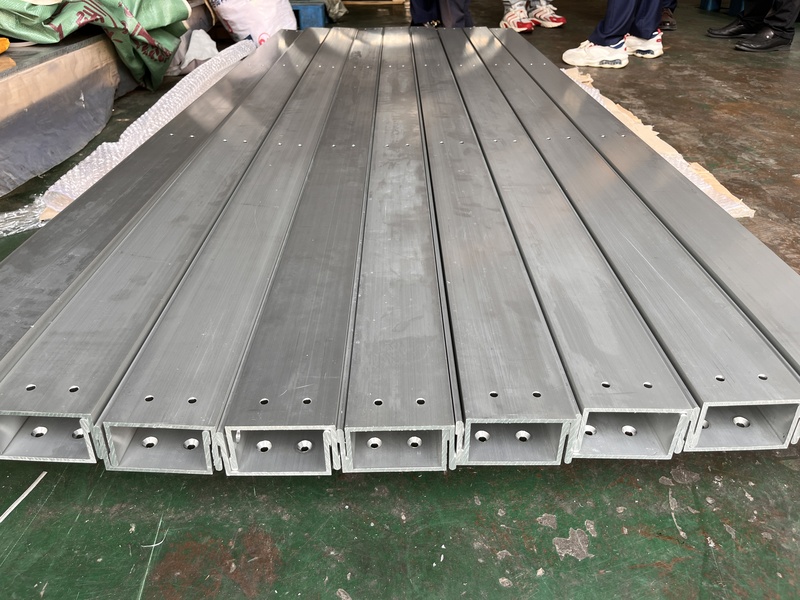
Precision Machining of U-Steel Profiles for Building Applications
- Process : Stamping - General stamping
- Material : Aluminum
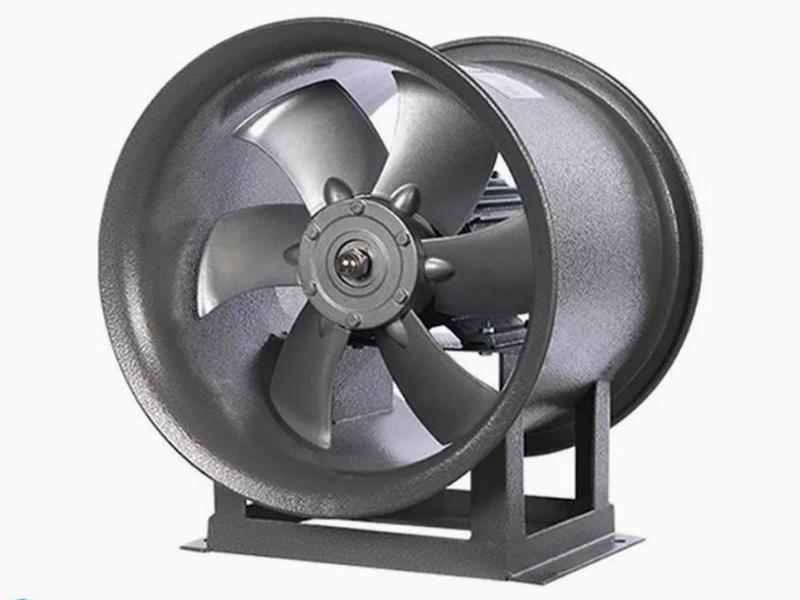
What are the machining processes used for processing axial fan housings
- Process : Sheet metal - Welding
- Material : Carbon steel
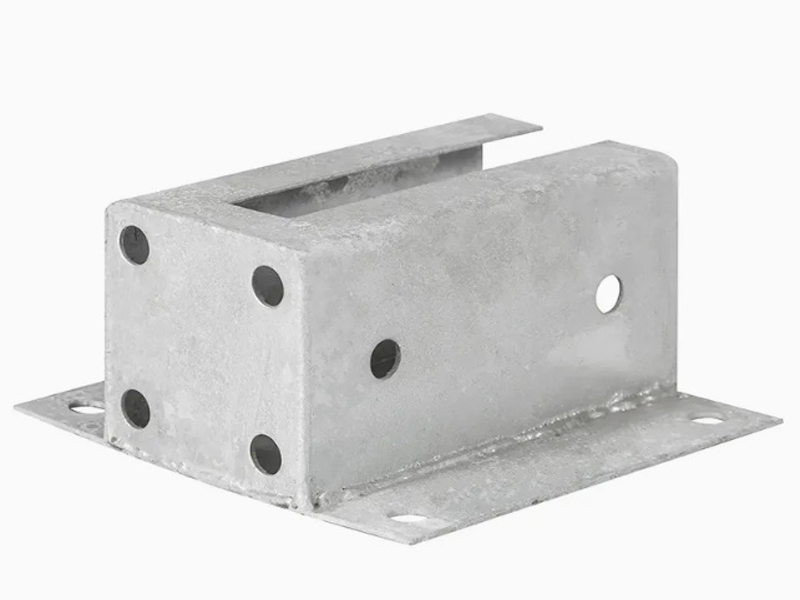
Machining Process Analysis of Carbon Steel Fixed Anchor Plates
- Process : Machining - CNC milling or milling machining
- Material : Carbon steel
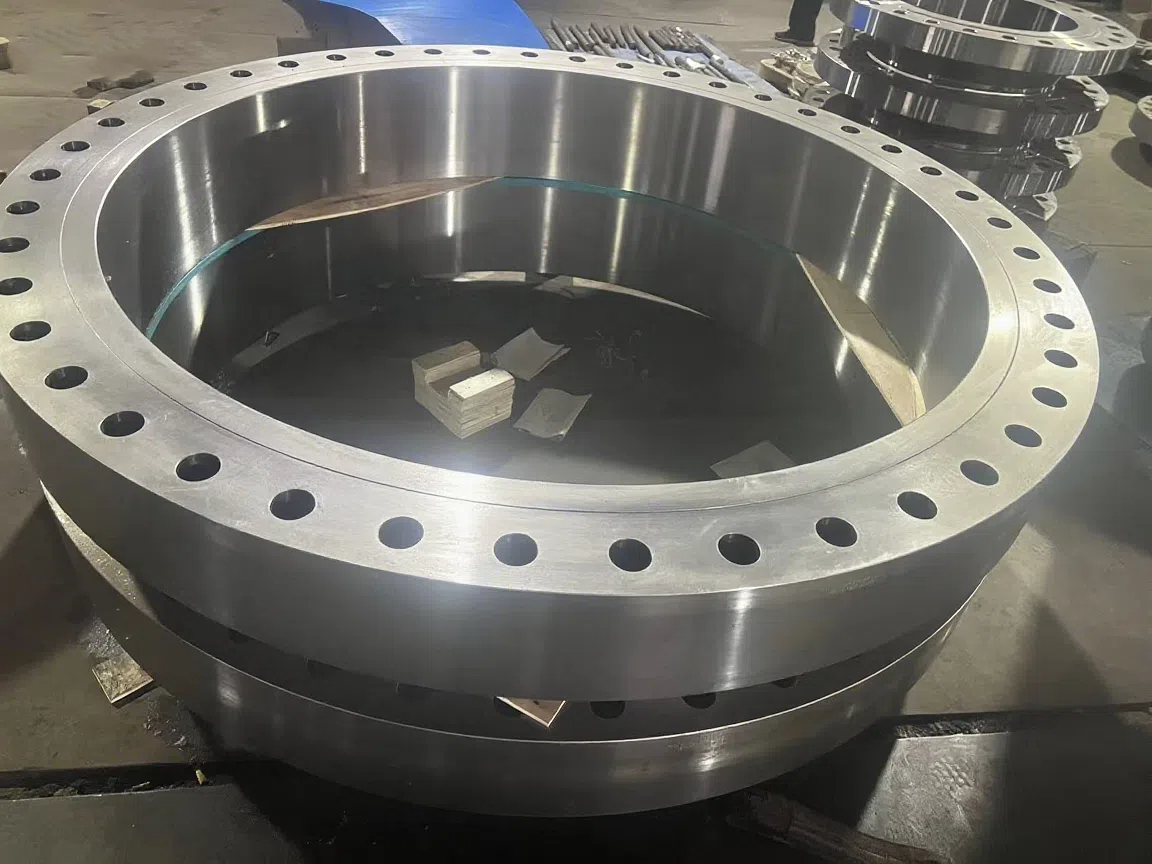
Heavy-Walled Flange Milling-Turning Machining and Flaw Detection
- Process : Machining - Turning Milling compound
- Material : Alloy steel
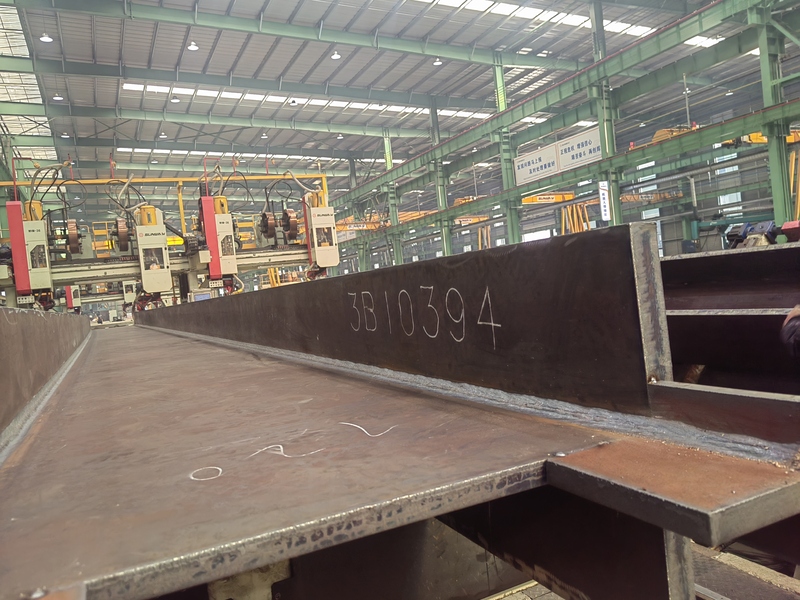
Custom Fabrication of S355JR Welded H-Beams for Construction Projects
- Process : Sheet metal - Welding
- Material : Carbon steel
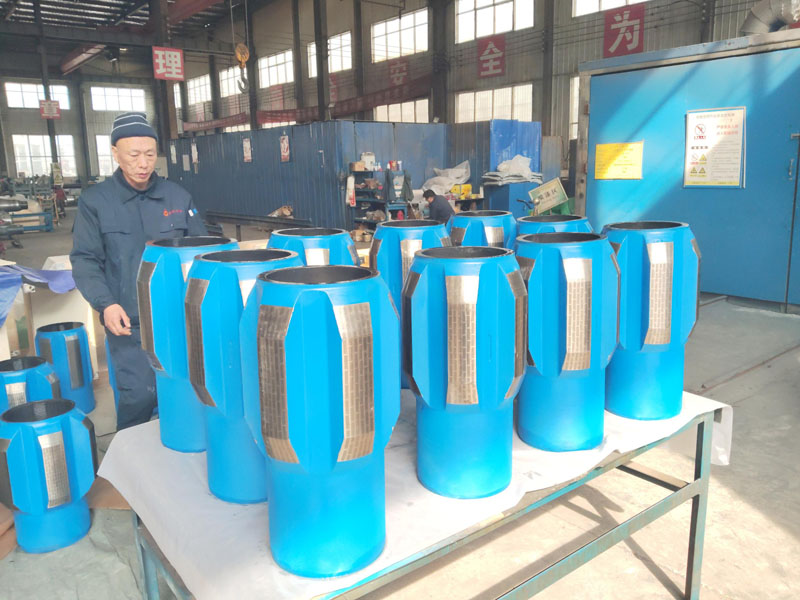
Drill Stabilizers Applied in Oil Drilling Platforms
- Process : Machining - Five-axis machining
- Material : Alloy steel
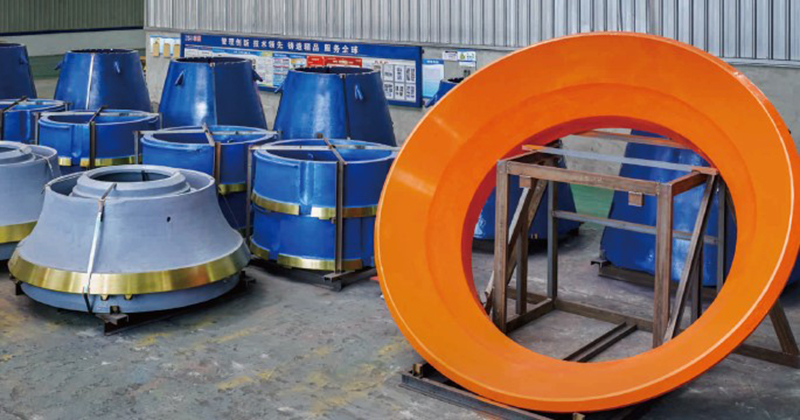
Cone Crusher Mantle
- Process : -
- Material :
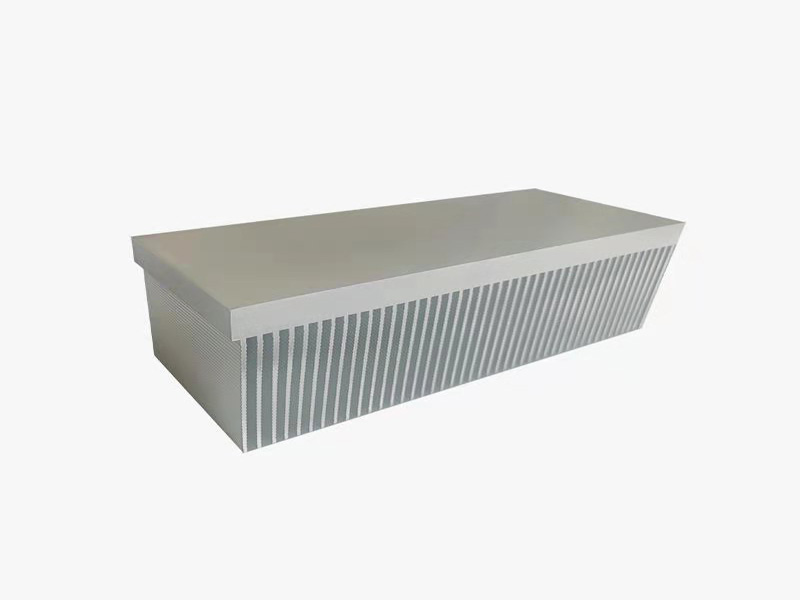
Innovative skiving technology: Breaking through the bottleneck of high-density heat dissipation technology
- Process : Surface treatment - Others
- Material : Alloy steel
More products
More
Precision Machining of U-Steel Profiles for Building Applications
- Process : Stamping - General stamping
- Material : Aluminum

What are the machining processes used for processing axial fan housings
- Process : Sheet metal - Welding
- Material : Carbon steel

Machining Process Analysis of Carbon Steel Fixed Anchor Plates
- Process : Machining - CNC milling or milling machining
- Material : Carbon steel

Heavy-Walled Flange Milling-Turning Machining and Flaw Detection
- Process : Machining - Turning Milling compound
- Material : Alloy steel

Custom Fabrication of S355JR Welded H-Beams for Construction Projects
- Process : Sheet metal - Welding
- Material : Carbon steel

Drill Stabilizers Applied in Oil Drilling Platforms
- Process : Machining - Five-axis machining
- Material : Alloy steel

Cone Crusher Mantle
- Process : -
- Material :

Innovative skiving technology: Breaking through the bottleneck of high-density heat dissipation technology
- Process : Surface treatment - Others
- Material : Alloy steel